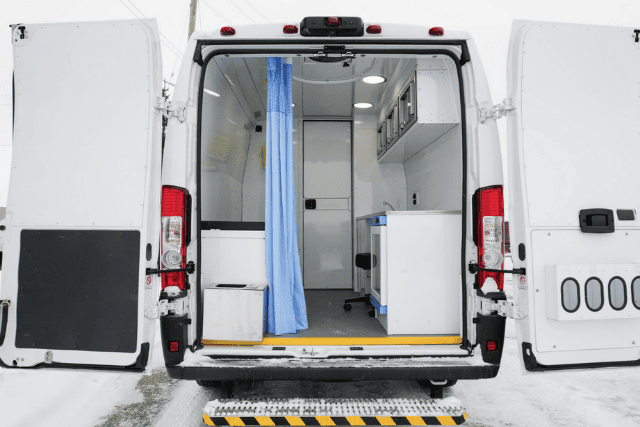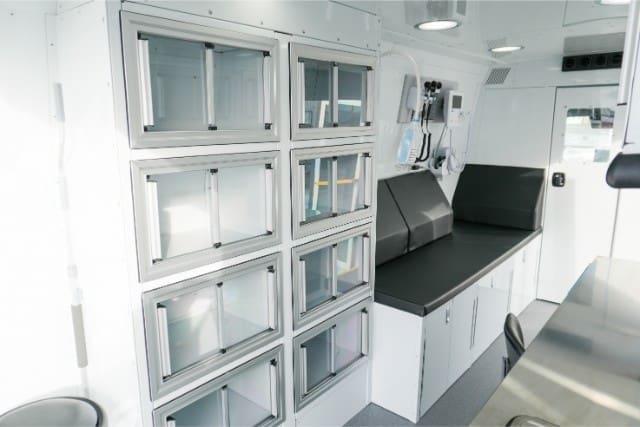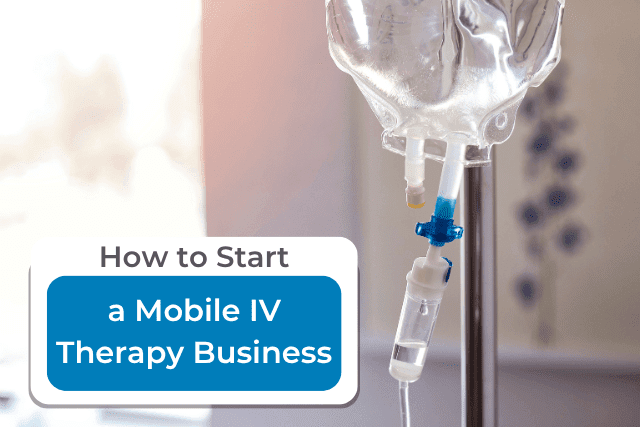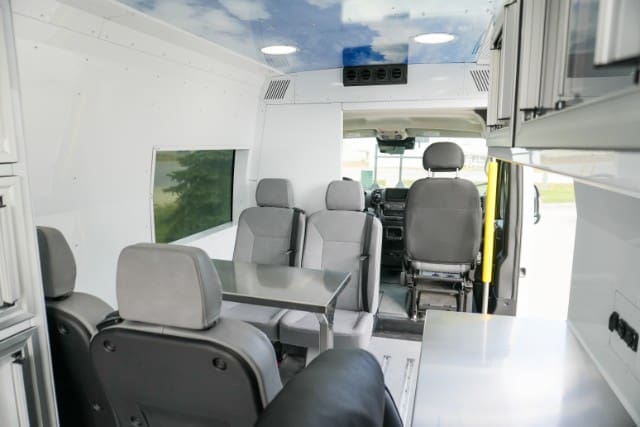Did you know the average ER visit costs between $1,300 and $3,000, even for non-emergency care? That’s expensive and unsustainable. Especially when patients are showing up for things like infections, minor injuries, or check-ups that could have been handled elsewhere.
You’re likely feeling the strain. Too many people using the ER as their only option, staff getting overwhelmed, and your budget ballooning. If you’re asking, “How do we stop this from getting worse?” you’re already on the right path.
Here’s the truth: a mobile clinic program can save up to $36 for every $1 invested, compared to ER care. It meets people where they are before they end up in the emergency room.
Mobile clinics help you:
- Cut down on costly, avoidable ER visits
- Free up hospital staff for real emergencies
- Reach underserved populations faster
- Improve health outcomes in your community
At AVAN Mobility, we’ve spent over 10 years building innovative, life-saving vehicles for healthcare leaders like you. We’re Ford QVM and Stellantis QPro certified, and we’ve partnered with organizations like CalOptima, all across the U.S. to make healthcare mobile and accessible. And while we build the vehicles, you drive the change.
In this article, you’ll learn:
- How mobile clinics reduce ER visit costs
- What kind of impact mobile clinics make
- Your mobile clinic return on investment
ER visit costs: How a $150,000 mobile clinic can save over $5 million
Let’s talk about that stat again from earlier: Mobile clinic programs can save up to $36 for every $1 invested. Sounds impressive, right? But what does that actually mean for your budget?
Let’s break it down using an example.
Say you invest $150,000 into a Mobile Clinic Van. It’s a big spend upfront, but here’s what you get in return:
Quick math:
- $150,000 × 36 = $5.4 million in estimated annual savings
- That’s what researchers found when comparing mobile clinics to emergency room visits
Here’s how that adds up:
ER vs. mobile care costs:
- Average ER visit: $1,300
- Mobile clinic visit: $36
- Savings per person: $1,264
So, to hit that $5.4 million mark in savings, your mobile clinic needs to see about 4,270 people in a year. That’s roughly:
- 356 people a month
- Or just 18 people a day (based on a 20-day service month)
Pretty doable, right?
What this means is that every time someone walks into your mobile clinic instead of the ER, you’re saving over a thousand bucks and delivering better healthcare in the process. And those savings? They don’t just sit in a spreadsheet.
They show up in the form of:
- Less pressure on your ER staff
- Shorter wait times
- Healthier, more stable communities
It all adds up fast, and it all starts with rethinking where healthcare happens.
Next, let’s look at who mobile clinics serve best and why they’re such a strong fit for underserved populations.
ER visit costs: Who can you serve with your mobile clinic?

If you’re growing tired of seeing emergency rooms filling up so fast with patients who don’t need to be there, it’s usually not because they want to be. It’s because they don’t have any other option.
Think about it. How many people in your service area face one or more of these challenges?
Common barriers to care:
- No insurance or underinsured
- No access to a family doctor
- No transportation
- Live in rural or remote areas
- Have mobility or mental health challenges
- Language barriers or immigration concerns
- Fear of high costs or long waitlists
These are the folks who often use the ER like a walk-in clinic. Not because it’s convenient, but because it’s the only door open.
Now, imagine if you could bring basic healthcare to them before they ever get to the ER doors. That’s what a mobile clinic does. It gives your hospital or health system a flexible, on-the-ground tool to meet people where they are and treat issues early.
Mobile clinics often provide:
- Preventive screenings
- Chronic disease management (like diabetes or hypertension)
- Vaccinations
- Mental health support
- Minor illness or injury care
This helps people stay healthier and also means they’re less likely to end up in the ER later with a serious (and expensive) health issue.
At the end of the day, reducing ER visit costs starts with understanding who’s showing up and giving them better options.
Next, let’s take a look at mobile medical unit ROI, so you can get a better idea of how to stay sustainable.
Mobile medical unit ROI: What do the savings start showing up?
Let’s be honest, dropping six figures on a mobile medical vehicle feels like a big swing, even if it does come with wheels and a stethoscope. But the good news? A mobile medical unit doesn’t take years to pay off. In fact, most programs start seeing real returns within 12 to 18 months, and, in some cases, even sooner.
Here’s why that happens faster than you might think.
1. Cost per visit is surprisingly low
According to a 2020 study, mobile clinics average between $65 and $529 per patient visit, depending on the services provided. When you compare that to the price tag of traditional care settings or repeated ER use, it’s a budget-friendly game-changer. Even on the higher end, that’s often hundreds less than what it costs your system when someone walks into the ER for a basic check-up or prescription refill.
2. Your fixed costs are predictable
Mobile medical clinics don’t need waiting rooms, parking lots, or janitorial contracts. You’ve got a one-time purchase, basic maintenance, and staffing without any surprise invoices.
3. You can tap into funding opportunities
HRSA grants, private healthcare foundations, and state programs often help offset startup costs. Some programs even qualify for Medicaid reimbursement, depending on your state and the services offered.
4. Patients love it, and that leads to real results
According to Mobile Health Map, mobile clinics result in:
- 41% fewer ER visits
- 50% fewer hospital admissions
- 32% fewer missed school/work days
Less pressure on your ER, better community health, and a solid return? That’s a win-win-win. So while a mobile health clinic might look like a van from the outside, the savings riding inside are very real. And honestly, when was the last time a van saved you over $1 million?
What does a mobile clinic visit look like?
Let’s say a man named Carl lives in a small rural town. He’s 61. Lives alone. Has diabetes. One morning, he slips on his porch and slices open his hand on a rusted railing. It’s not life-threatening, but it needs stitches. The nearest ER? It’s six hours away. His truck’s unreliable. He’s already missed his last check-up. And truthfully, Carl doesn’t want the bill that comes with an ambulance or a long ER visit.
So what does he do? He waits. Wraps it up with paper towels. Tries to ignore the pain.
That’s the kind of thing your mobile clinic program can prevent.
Now imagine this instead:
Your mobile health clinic rolls into Carl’s town every Tuesday. He walks right in, and gets his hand cleaned and stitched. While he’s there, he gets a blood pressure check, a quick diabetes screening, and books a follow-up visit.
Here’s what that one visit saves:
- A 12-hour round trip
- An unnecessary ER bill
- Possible infection from delayed care
- Future complications with his diabetes
Multiply that by hundreds of “Carls” across your region, and you see why mobile clinics matter. They’re not just vans. They’re lifelines for the people who fall through the cracks.
And for hospitals and health systems like yours, that means fewer ER visits, fewer preventable complications, and better care for the people who need it most, delivered right where they live.
ER visit costs: What’s next?
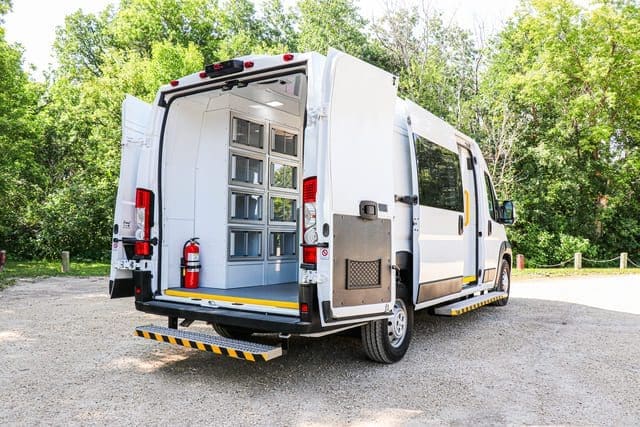
You came here because you’re watching your community lean too hard on the emergency room for things that shouldn’t be emergencies. You’ve seen the system break under the weight of problems that could have been prevented with earlier, easier access to care. And you’re asking the right question: What can we do to help?
Here’s what you’ve learned:
- A mobile clinic brings care to people who can’t easily get it
- A mobile clinic program is a cost-effective way to reduce pressure on ERs
- A single mobile health clinic can redirect hundreds of patients a year
At AVAN Mobility, we’ve spent over a decade working with nonprofits, public health departments, Tribal health organizations, and care providers across the U.S. who are stepping up, not waiting on someone else to fix it. Our team designs mobile medical clinics that work in real life, not just on paper. We build for your goals, your people, and your vision for what accessible care should look like. Because, like you, we believe healthcare shouldn’t be out of reach for anyone.
If you’re ready to explore how a mobile clinic could make a difference in your community, click the button below to talk to one of our mobility experts. We’re here to help you figure out what’s possible.
Not quite ready for a conversation yet? No problem. We’ve got some other helpful resources for you to check out when the time’s right.
Start by watching our three-part video series on how to start a mobile clinic below.
After that, get a closer look at what equipment can be installed in your mobile clinic.
